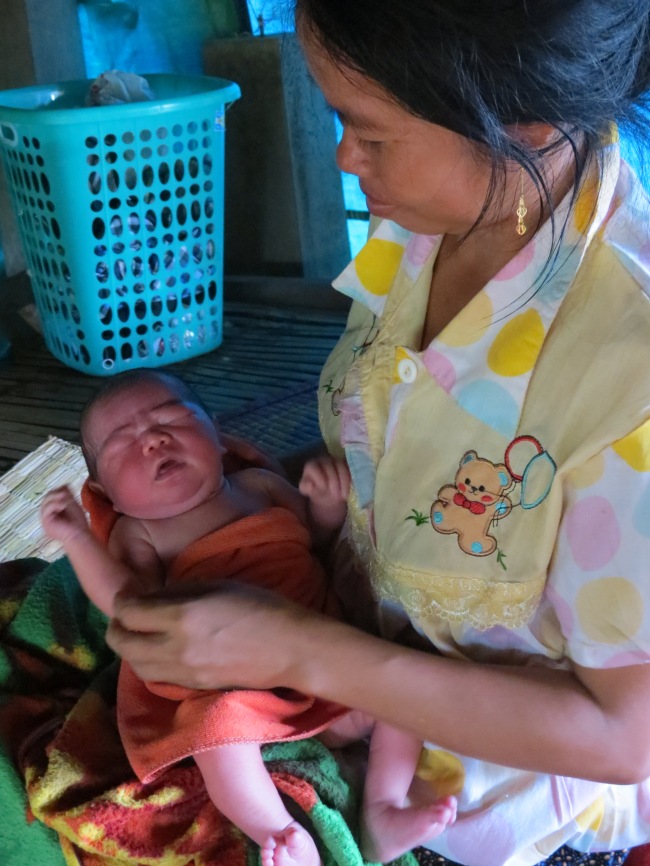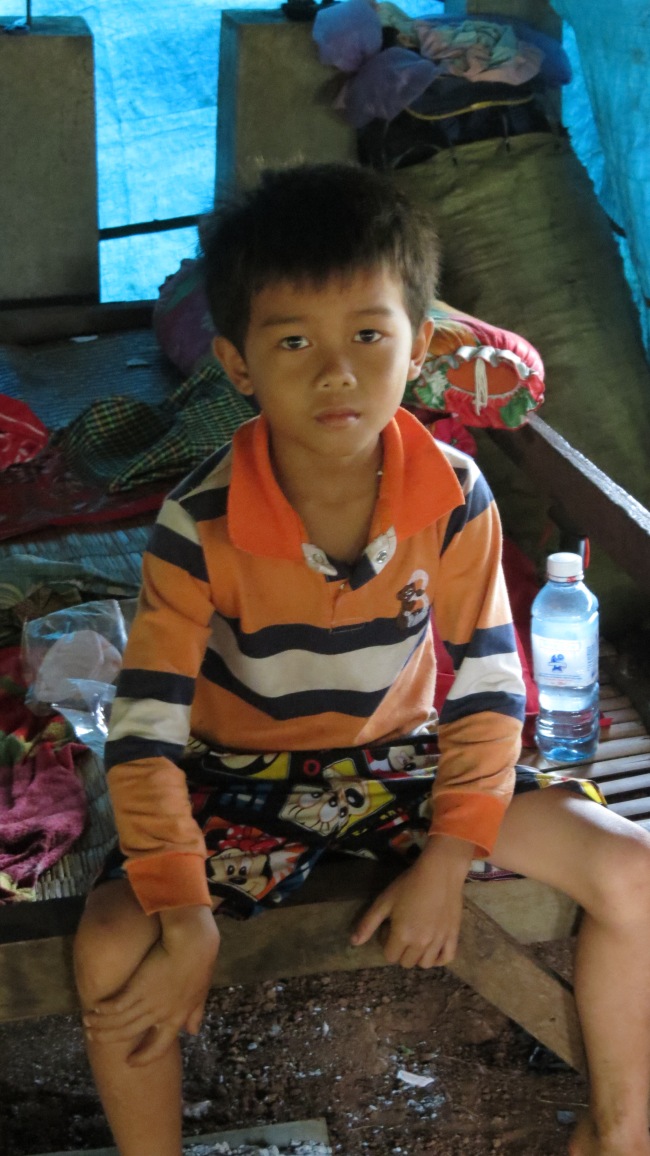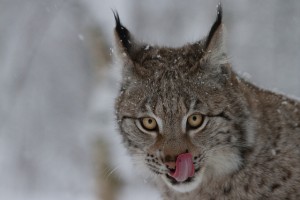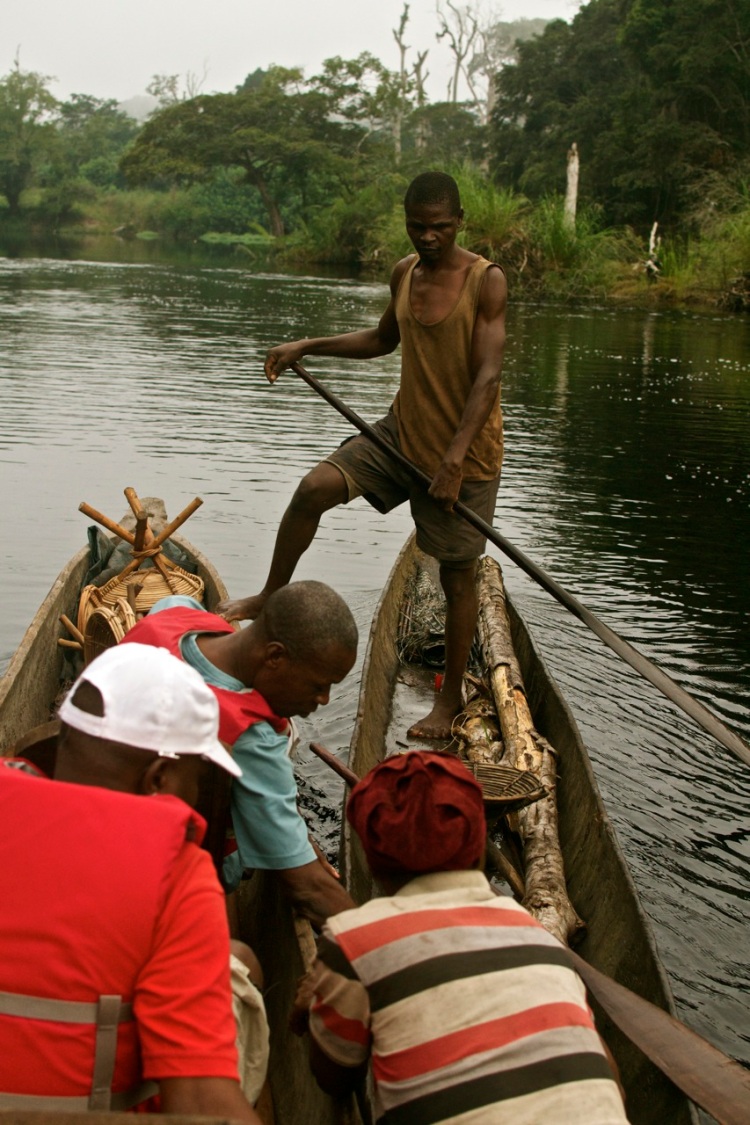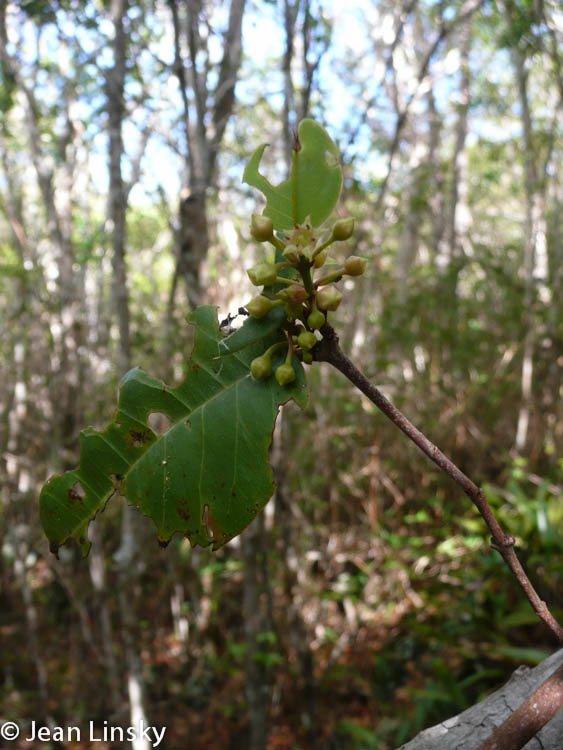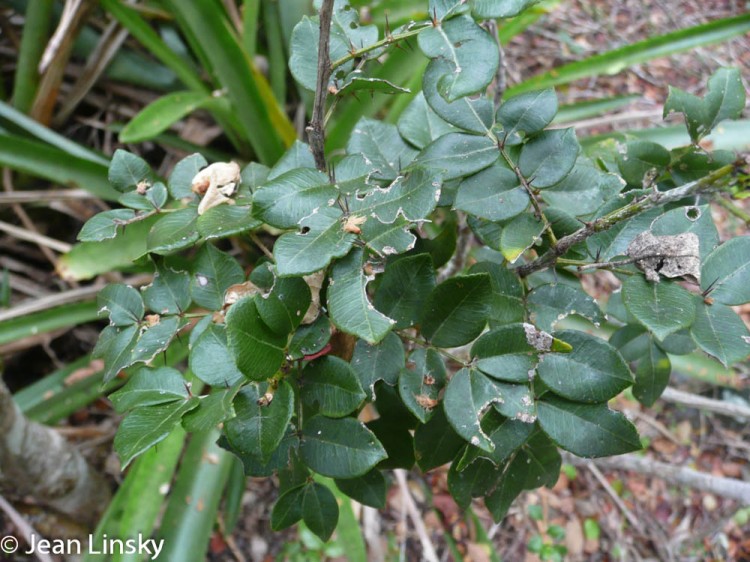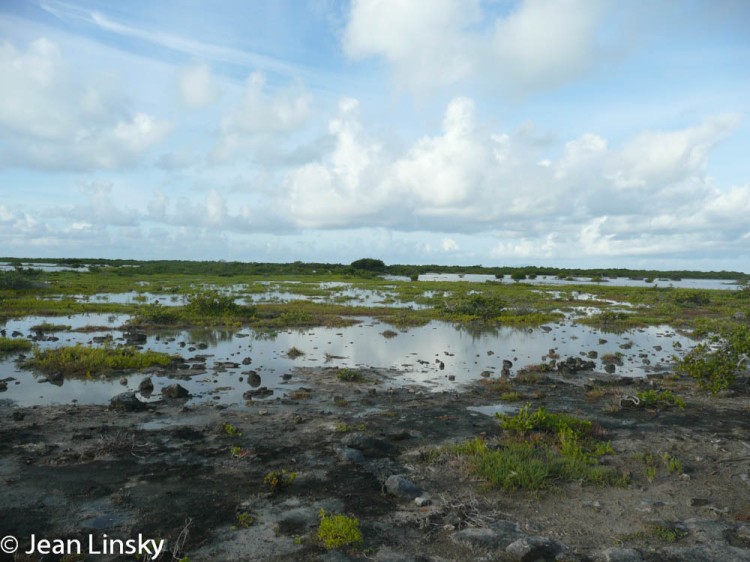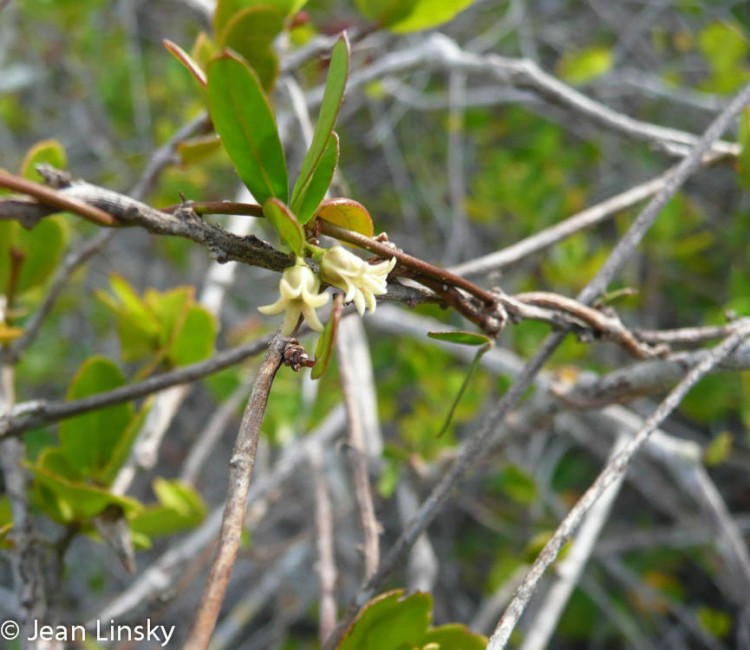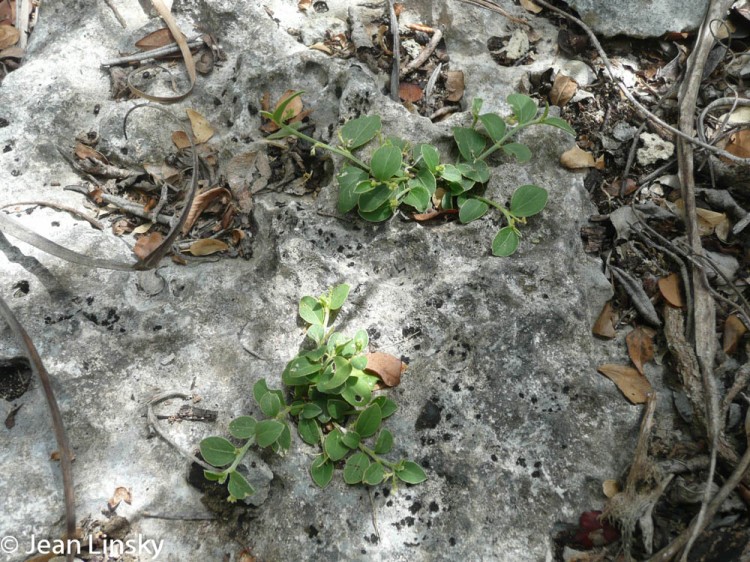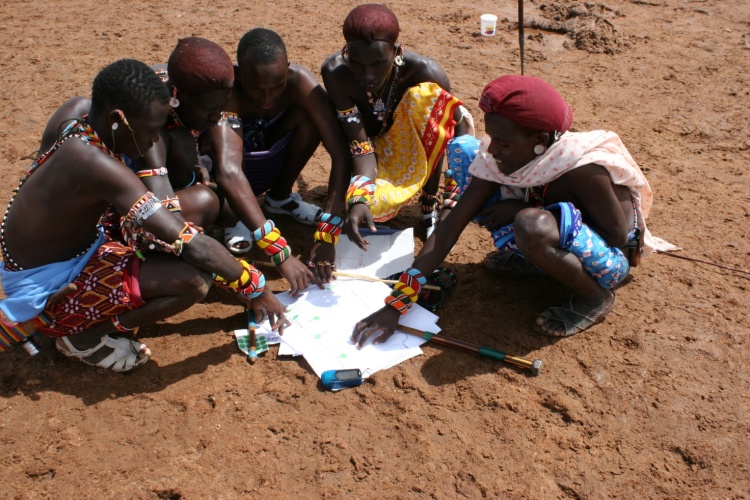Pitcairn Island is a very small, rocky piece of land in the middle of the ocean and a long way from anything or anyone else. Its biggest claim to fame is undoubtedly the connection to the infamous mutiny on HMS Bounty in 1790, and many of the island’s modern community are the direct descendants of the 9 mutineers who sought refuge on Pitcairn after seizing control of their ship near Tahiti. In addition to this fascinating history, the spectacular wildlife of Pitcairn and the other islands in the group is also receiving increased international attention. Despite their tiny size, study of the Pitcairns has revealed wildlife of global conservation significance, both on the land and in the sea. The isolation of these islands has led to the evolution of unique wildlife found nowhere else on earth.
Pitcairn itself, being the only inhabited island in the group, has undergone a substantial transformation. Much of the land area has been colonised by invasive and non-native plants, introduced either for cultivation or accidentally by Polynesian settlers, the Bounty descendants and other visitors. Despite these changes, nine endemic species still survive, including the Arlihau which is recognised as one of the world’s rarest plants, and efforts to conserve Pitcairn’s flora are ongoing in the island community. There is also an animal endemic found only on Pitcairn, the small but very charismatic Pitcairn Reed Warbler.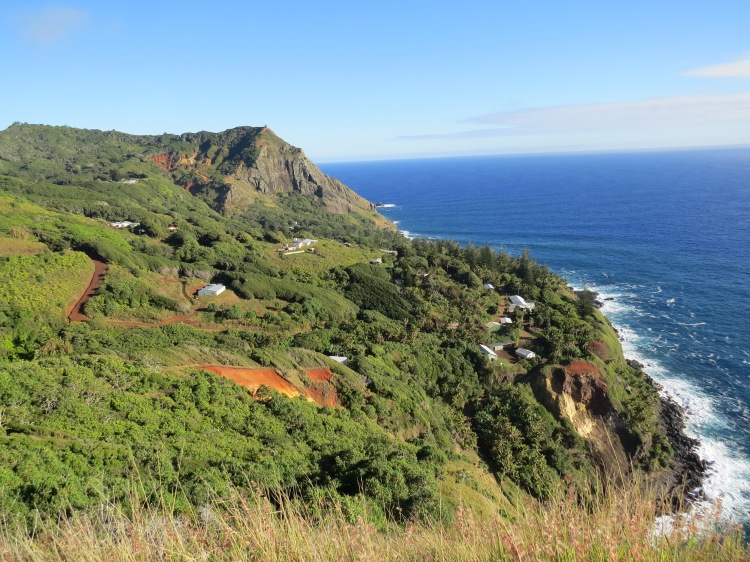
A number of rare species also exist in Pitcairn’s marine habitats, such as Smith’s Butterflyfish and the Pitcairn Angelfish, both only known from a handful of tiny Pacific islands. Globally threatened species such as Green turtles, Humpback whales and Grey Reef sharks are also seen around the island. Large fish communities flourish in the shallow offshore waters, containing species which have ‘hopped’ the huge distance to Pitcairn from other Pacific islands. Perhaps most surprisingly, the deepest known tropical coral reef on earth was recently found on a 75 metre deep seamount near Pitcairn. Substantial coral reefs are found at all four islands, even though the group is at the extreme eastern and southern limit of known Pacific coral range.
The other three islands (Henderson, Ducie and Oeno) have undergone little or no human impact, thus representing one of the last places on earth where ‘pristine’ ecosystems might still be found. Henderson supports a number of unique plant and bird species, including the spectacularly colourful Henderson’s Fruit Dove and Stephen’s Lorikeet. Many top marine predators live on Ducie, Oeno and Henderson’s coral reefs, with Ducie supporting an especially large population of sharks, which may serve as an indicator of a healthy, unfished ecosystem. I would jump at the opportunity to visit the other three islands on this trip, but sadly they are too far away from Pitcairn to be easily accessed.
I hope this summary has given you some idea of the immense diversity and value of the wildlife on these four specks in the Pacific Ocean. You may never have heard of Pitcairn, let alone Henderson, Ducie or Oeno, but the ecosystems found here are globally valuable and irreplaceable, containing amazing and poorly understood species. Further research and protection is surely needed, and many of the incredible discoveries in the islands’ marine habitats have only been made in the last few years. The sheer remoteness of the Pitcairn Islands has preserved them so far, but without further action this may not be the case forever.
By Henry Duffy







